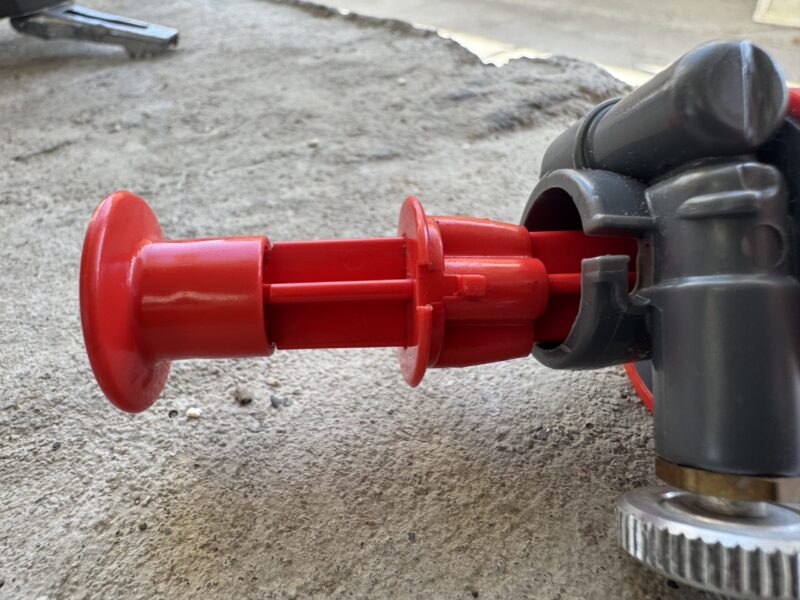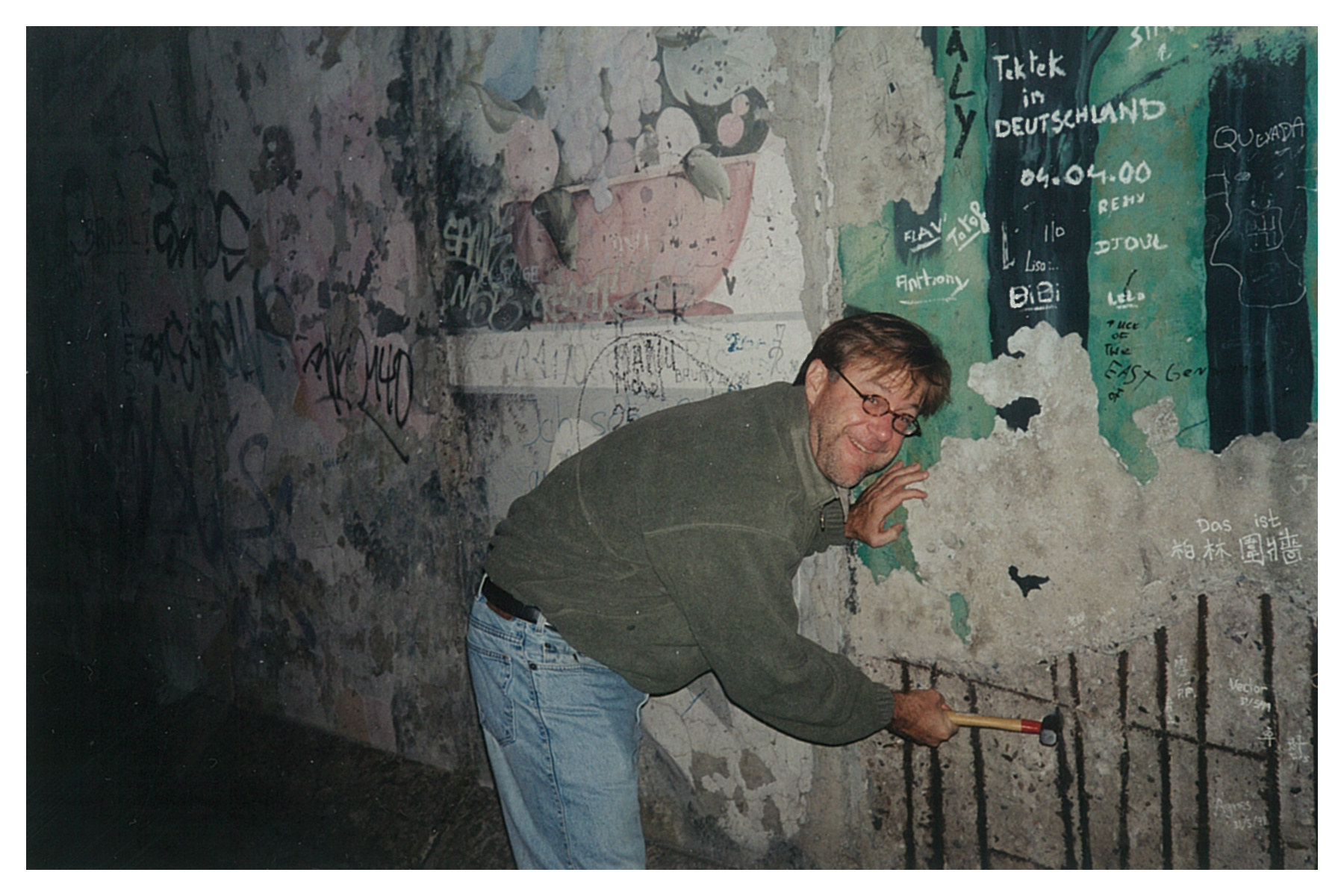Reflections from our final days in Kyrgyzstan, planning the journey ahead, and the gear that makes or breaks an expedition.
Avoiding the Tourist Trap
The idea for next year’s expedition in Kyrgyzstan, which will also form the base of our documentary titled No Maps For Growing Up, is riding for 7-8 weeks. No breaks at hotels or lodgings, just one long outdoor adventure. We still have to find the right area for it, because during this visit to Kyrgyzstan we realized that avoiding tourist-heavy areas is essential. The reason is that once a region becomes focused on tourism, locals naturally start seeing tourists primarily as a source of income. I understand this well from back home, where I have a house in a tourist area. This mindset surfaced almost every time we sought accommodation or interacted with local cowboys who asked what we paid for renting Toru, hoping to start a similar business. Every time Alina wasn’t with us, costs rose immediately. It created a general feeling of, “what can we get out of this?” That said, genuine generosity still appeared often, with meeting Max being a particular highlight. Yet this tourist-driven mindset prevents you from experiencing deeper connections, the genuine generosity, curiosity, and kindness that I vividly remember from Siberia in 2004. I am still searching for that amazing experience with the best humans on earth!
Realities of Fitness and Horses
Ideas are just ideas! But to realise this idea, we need 6-7 horses—four to ride and two or three to carry gear. The entire group, including our Director of Photography, Alina, must become at least 50% fitter. On this trip, only Dana was in shape enough to recover quickly. Due to stress at home related to another film project and fatigue from a year full of expeditions and training, I had gained too much fat. Way too much. My method for handling stress tends to be overeating, and this extra weight undoubtedly made things harder.
One significant question we needed to address was whether the girls, who had decided against cycling anymore, would prefer hiking with heavy backpacks or letting horses carry their gear. After the first three days of hiking with backpacks, the answer became clear: the idea was dead. It was simply too hard for everyone. So, I introduced Toru, the horse. Good choice. I fell in love with horses again. Travelling with horses is a wonderful, empathetic way to explore, and Dana quickly fell in love with it too. Eva and Alina were less enthusiastic but are fully on board for next year’s journey. Finding and training 6-7 horses will be a significant challenge and require substantial effort from everyone involved.
Gear Wins and Losses
This summer was essentially a practice trip to understand what the girls enjoy and what they need (or don’t need) regarding equipment. I hoped the horse idea would resonate, and it did. Kyrgyzstan is a straightforward country for travel. You don’t need to bring everything from home; most essentials are available locally. Perhaps not always the best quality, but good enough for an expedition. However, even top-quality gear can break unexpectedly. For example, two MSR pumps broke during this trip. Admittedly, both had been to Greenland previously, but I’ve used MSR for over 30 years and have never experienced breaks like these.
One key lesson: don’t rely on heavily used, second-hand gear for a new expedition. Besides the pumps, an old North Face tent suffered two tent pole breaks. I brought freeze-dried food (Real Turmat) for 20 days of breakfasts, but only Alina and I ate them. The girls preferred noodle soup. Additionally, food staples like pasta, mackerel, cheese, and sausage are easily found in Kyrgyzstan.
We also carried a solar panel, which was beneficial in charging power banks since cameras consume considerable power. The solar panel recommended by Lars Ebbesen was too large and difficult to pack. I recall Tom and Tina Sjögren used a flexible one, which we need to locate.
The Helly Hansen packing bags were a success—perfect for horse travel. Regarding local horse equipment, we will try sourcing that from home next time since better-quality gear will benefit both horses and riders. A poor-quality saddle and saddle blanket on Toru caused friction, harsh words, unnecessary hard work, and difficult moments.
Adapting to Changing Mountains
We brought substantial climbing gear and winter clothing, intending to climb a peak. Unfortunately, the energy wasn’t there, and the peak we aimed for was impossible due to falling rocks. Global heating has melted too many glaciers and ice, creating loose rocks.
Final Reflections Before Departure
I’m now sitting in a hotel apartment in Bishkek. In 24 hours, we’ll be flying home, but worries about overweight luggage, potential ticket issues, and similar stressors remain. Hence, this somewhat rushed summary. However, despite everything, this has been one of the best small expeditions ever. I love witnessing my daughters growing into such beautiful human beings. Kyrgyzstan is an incredibly beautiful country, one of the best globally for travel, with genuinely wonderful people. It has also been an honour having such a remarkable person as Alina, our Director of Photography, onboard—she fits perfectly with our family. And our co-producer Adilet has been a genuinely kind and supportive presence.
Fingers crossed we’ll successfully prepare everything for next summer’s journey!

